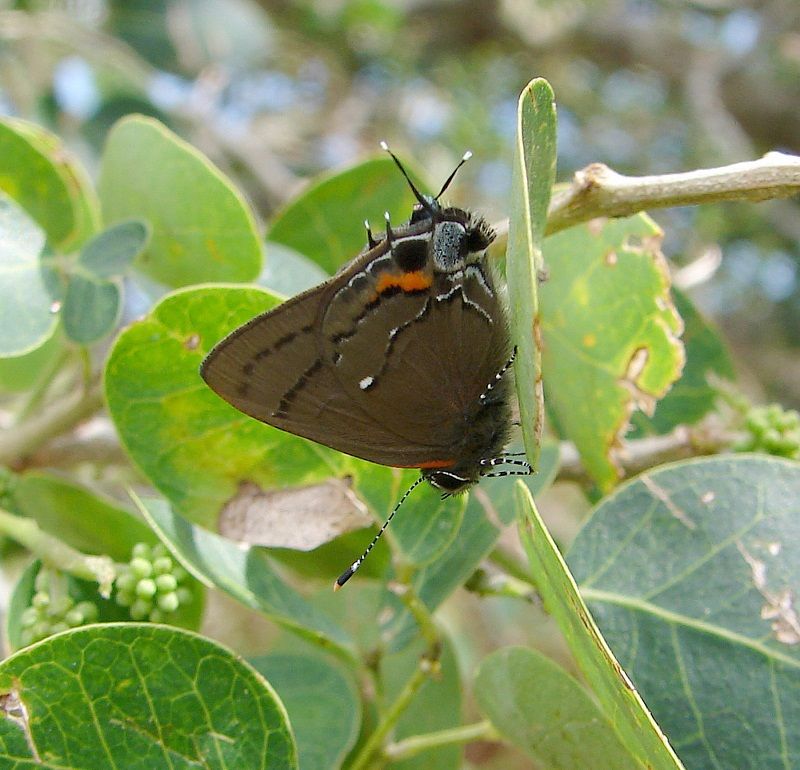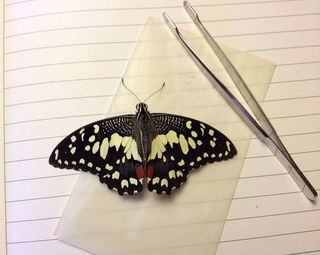Butterflies Reveal Biodiversity at Guantanamo

Researchers from the Florida Museum of Natural History have documented 51 different butterfly species at the U.S. military base at Guantanamo Bay, showing that the area is an inadvertent wildlife refuge and biodiversity hotspot.
The base, which covers about 45 square miles (120 square kilometers) in the southeast corner of Cuba, was leased to the United States in 1903 and much of it remains undeveloped.
"Because it is a military base — and this is true for many military bases, which typically have large areas of land — people are not trampling, bulldozing or developing the land," Roger Portell, the Florida Museum's invertebrate paleontology collections manager, said in a statement. "So there is a large area of land in the southeast corner of the island that has basically been untouched for 100 years."
Researchers collected 1,100 specimens of 192 moth and 41 butterfly species, during a weeklong trip to the site in January. These specimens included the fulvous hairstreak butterfly (Electrostrymon angelia) and the invasive lime swallowtail (Papilio demoleus), along with the tropical buckeye (Junonia evarete zonalis). Additional records from previously collected specimens brought the total number of butterfly species recorded at Guantanamo Bay up to 51.

The researchers said their study, which was published in the Bulletin of the Allyn Museum on Sept. 5, could inform continuing investigations into the biodiversity of the region.
"Biodiversity studies are extremely important, because they give us clues about where things were and how they evolved over time so we can better understand what may happen in the future," co-author Jacqueline Y. Miller, curator of Lepidoptera at the Florida Museum, said in a statement. "We're also looking at climate change over time, and butterflies are biological indicator species since they are associated with particular plants as caterpillars and often found in particular habitats."
Butterfly communities are often sensitive to larger changes in climate, from early snowmelts hitting Rocky Mountain populations of butterflies to species in Massachusetts heading north in response to warmer temperatures.
Sign up for the Live Science daily newsletter now
Get the world’s most fascinating discoveries delivered straight to your inbox.
Follow LiveScience on Twitter @livescience. We're also on Facebook & Google+.












